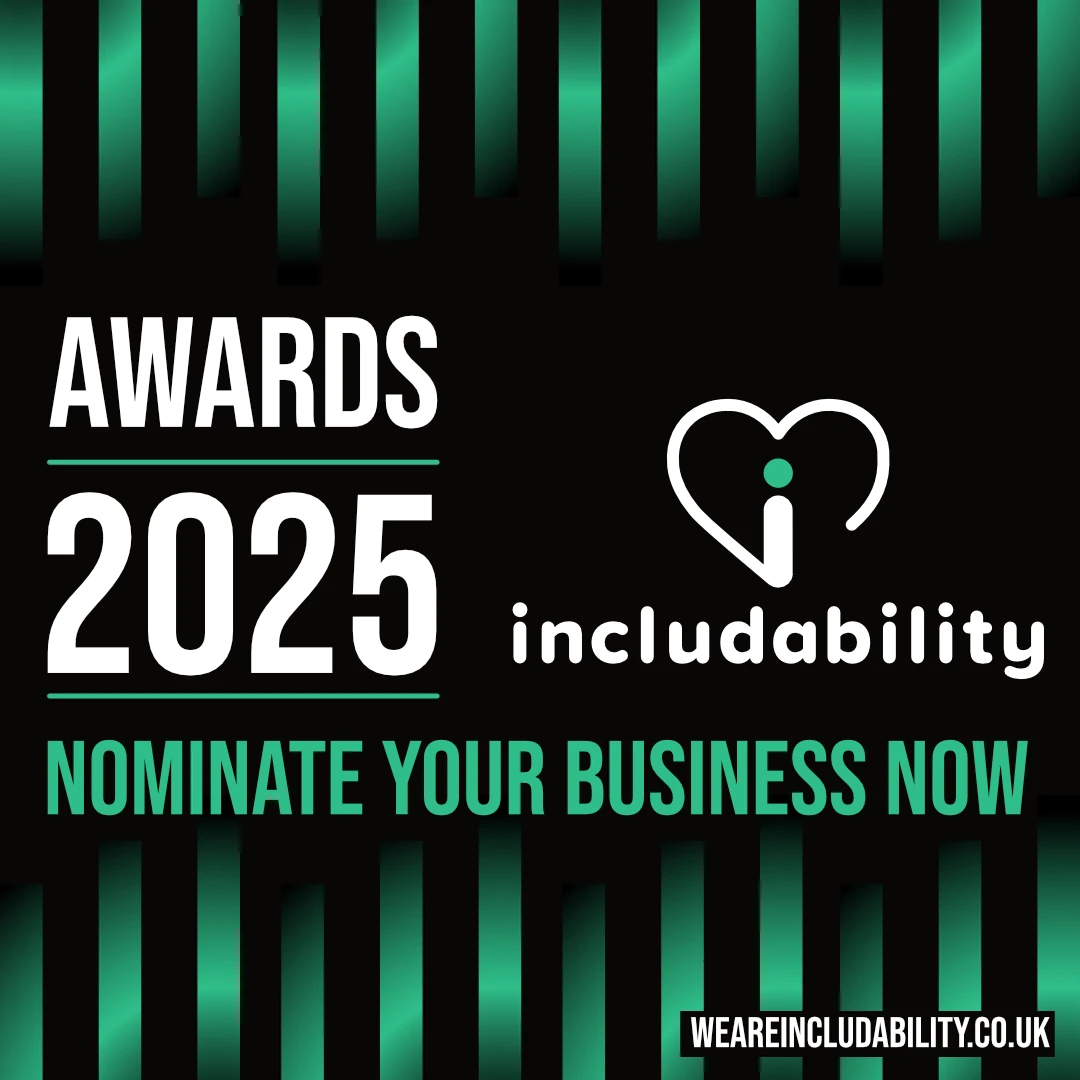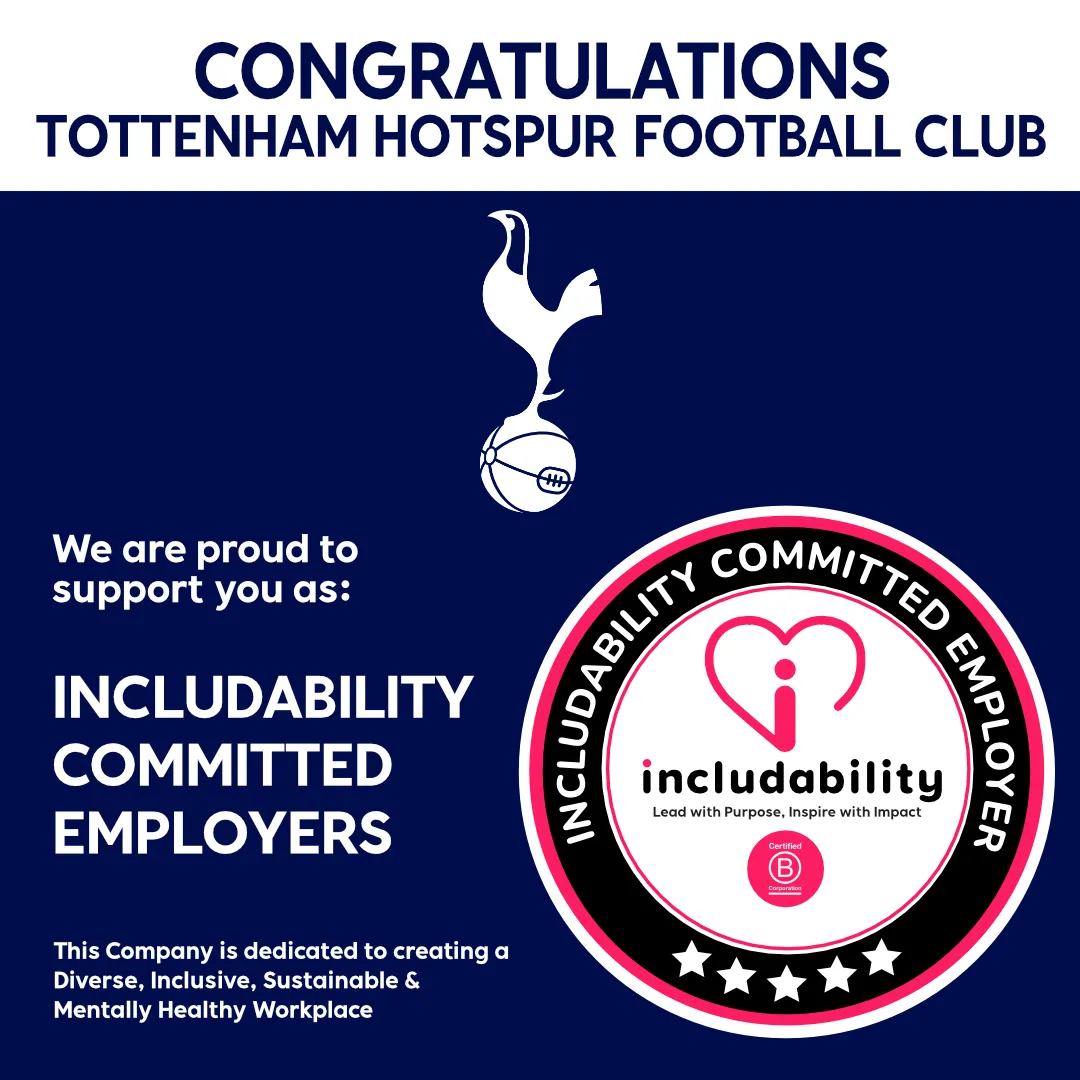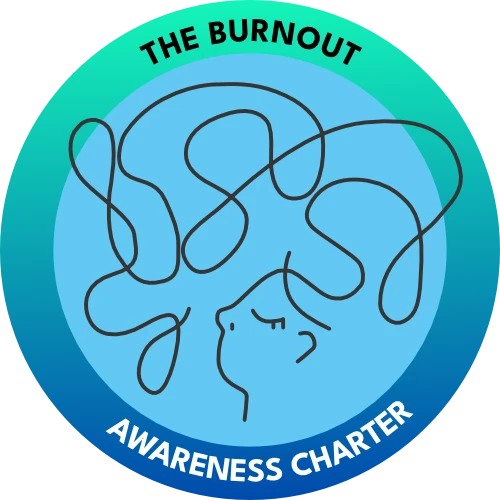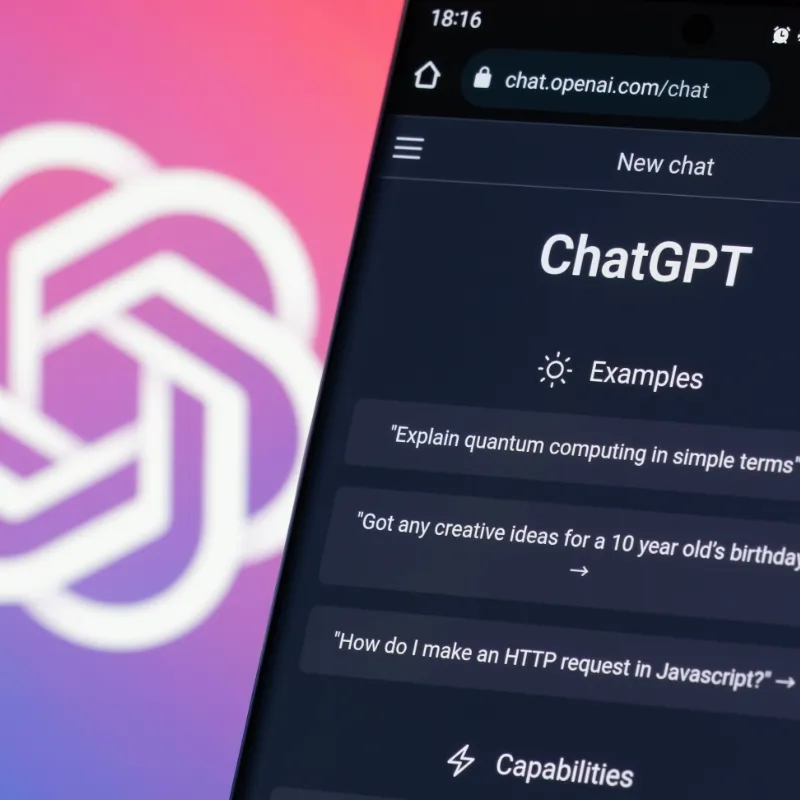Jennifer Ngo-Ang Programme Coordinator at ESA's Directorate of Human & Robotic Exploration Q&A
International Women's Day celebrates the amazing work that female engineers do around the world for top organisations such as the European Space agency (ESA).

We talk to the Programme Coordinator at ESA's Directorate of Human & Robotic Exploration for International Women's Day

Questions and Answers with Jennifer Ngo-Ang
Academia and industries that surround the fields of science, technology, engineering and mathematics (STEM) have been a very male dominated sectors in the past.
That is changing as new ESA data shows more women are getting involved in STEM subjects and applying for jobs with the agency. They received 5419 applications from women for this year’s selection process compared to 1287 in 2008, a 421% increase.
The agency is also launching a feasibility study for para-astronauts and are recruiting a physically disabled person to undergo astronaut training. They received 257 applications from disabled candidates, including 60 women. 31 applications were from the UK and 11 of those were women.
In honour of International Women in Engineering Day, Jennifer Ngo-Ang, Research and Payloads Programme Coordinator at ESA's directorate of Human and Robotic Exploration spoke exclusively to Includability about what attracted her to the sciences, how the industry needs talented individuals of any gender and to not let any perceived barriers hold them back from pursuing a career in STEM.
Can you tell us about your background and time at ESA?
I completed my medical studies in Germany in 2006 and I obtained an additional doctorate degree in neurosciences in 2006 from the Oregon Health Sciences University in Portland, Oregon. While I prepared to defend my thesis, I started to look for jobs in parallel, and one of the jobs I applied for was as a NASA payload engineer.
I never expected to hear back from them, but miraculously I did – they very politely thanked me for the application, informed me that they were unable to consider it because of me not being a US citizen and recommended that I check back with my own European Space Agency. I searched for vacancies on the ESA website, came across the trainee position in the, what was then, Life Sciences Unit of the Human Spaceflight Directorate, applied for it, was selected, and have since then not left.
What drew you initially into the field of STEM?
I have always been curious and wanted to know how our body works and functions. When I completed my medical studies, I was still relatively young, but I wanted to know more especially about and how our brain and nerves work, which is why I started another set of studies (neurosciences).
What can the industry do to make STEM subjects more attractive to women and underrepresented groups?
In lots of places, starting not “only” in industry and/or workplaces after having gone through school and university, i.e. already during school and the early part of education, we should equally encourage both girls and boys to pursue STEM fields. If young (female) students were aware of how STEM subjects can give them an opportunity which is still within their interest, then this could help close the gender gap. Most girls are not told how studying a STEM related subject can help them in a career which gives them the job satisfaction they are looking for.
Having more visible female role models for girls in STEM would also help to close the gender gap. If girls in secondary school were to see more females succeeding in STEM careers, then it would empower them to take STEM subjects and potentially pursue a career in the related fields.
It’s important that industry can then play in attracting more women/people from underrepresented groups by providing means for good work/life balance, offering the possibility to telework and/or flexibility in setting up individual work schemes, providing equal gender pay, etc.
There is so much work to be done in discovery and science and innovation, and we humans have such a limited time in which to do it. We have to learn how to save our planet from climate change, to cure diseases, to solve international conflicts, to explore other planets, and reveal undiscovered secrets of physical laws. What a waste it is to prevent half of our species from making those discoveries and inventions and finding solutions that could save us all!
What more can be done to ensure more women are given the chance to be at the forefront of upcoming space missions?
If girls and underrepresented groups in secondary school were to see more females succeeding in STEM careers, then it would empower them to take STEM subjects and potentially pursue a career in the related fields. Having more visible female role models for girls in STEM would help to close the gender gap. I once participated to a Space for Women event in Prague, the audience was surprisingly young (secondary school), a lot of them did not even know that (apart from astronauts) there is so much that can be done in the science and engineering area, i.e. reaching out, sharing experiences, underlining the importance of good education, self-esteem, self-assurance and perseverance are crucial.
I would advise anybody (be them woman or men) who is considering a career in (space) science and engineering to be daring, to never let themselves be put down if any barriers appear, to look beyond the fence, to be ready to open doors, to pursue their objectives, and to make their dreams a reality. There are rewarding places in science and engineering for women, as there are for men. Curiosity, perseverance and competence are key.
Related resources & events
Sign up for our newsletters
We have an employer and Job seeker newsletter giving you all the latest information in one easy and digestible email. Sign up today for news and job advice straight to your inbox.








